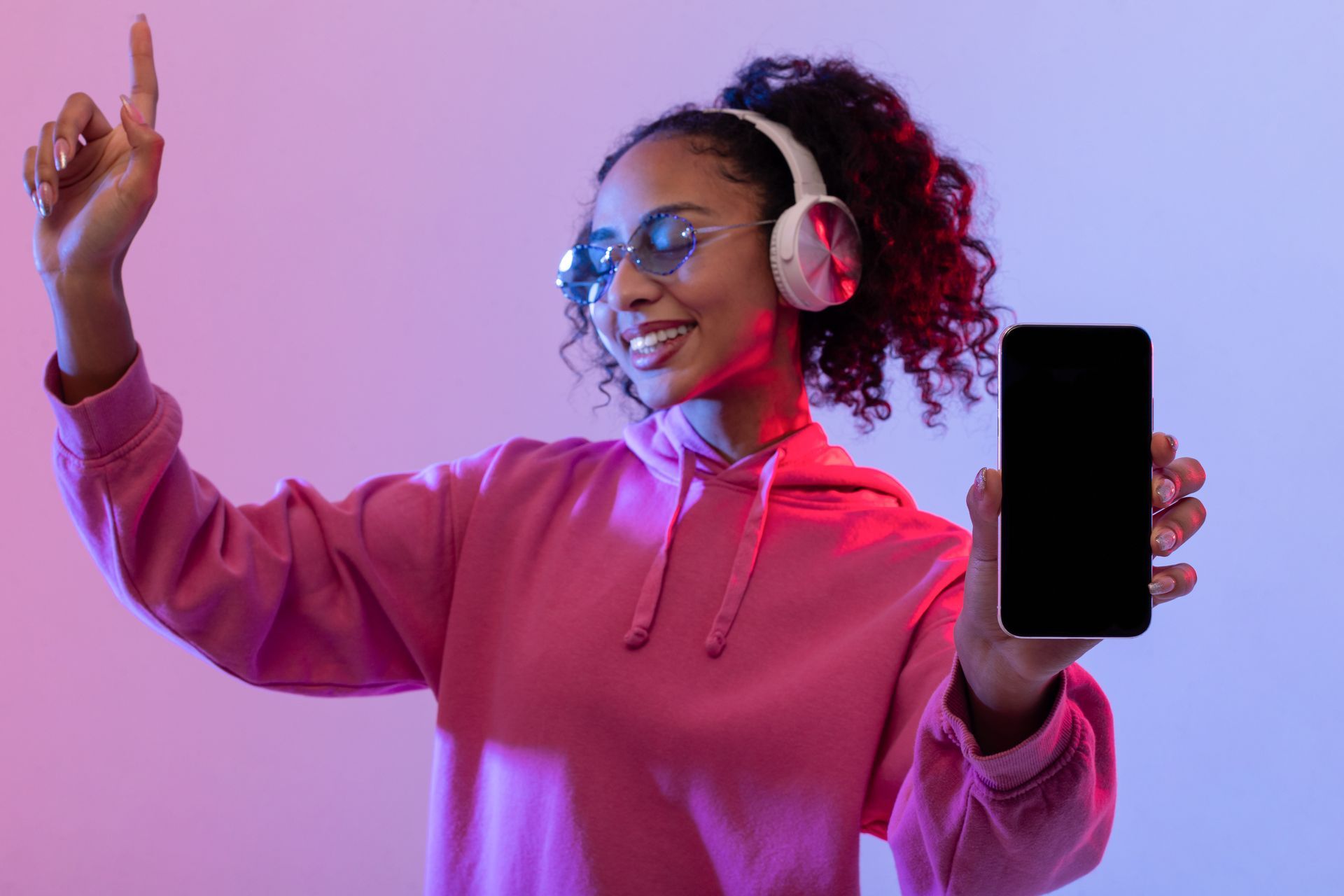Boosting Your Local Business Campaigns with Google Audiences
In today's digital age, reaching the right audience is crucial for the success of any local business campaign.
With the help of Google Audiences, businesses can precisely target their ads to specific groups of people who are more likely to engage with their products or services.
In this blog post, we will explore six types of Google Audiences and provide examples of how local businesses can leverage them in their campaigns
1. Affinity Segments
Affinity Segments are Google's way of categorizing users based on their interests. These segments are built using data from users' browsing and search history, as well as their app usage.
There are over 100 Affinity Segments available, covering a wide range of interests, from sports and music to travel and cooking.
Local businesses can use Affinity Segments to target users who are likely to be interested in their products or services.
- Example 1: A local sports store could target users in the "Sports Fans" Affinity Segment to promote their new line of running shoes. According to Google, this segment includes "people who are passionate about sports and fitness and who follow professional and college sports teams."
- Example 2: A local travel agency could target users in the "Travel Buffs" Affinity Segment to promote their latest travel deals. According to Google, this segment includes "people who are enthusiastic about travel and are actively researching and planning their next trip."
2. Life Events
Life Events are Google's way of targeting users who are going through significant life changes. These changes could include getting married, having a baby, or buying a home.
By targeting users during these life events, local businesses can reach customers who are likely to be in the market for their products or services.
- Example 1: A local florist could target users who have recently gotten engaged to promote their wedding flower arrangements. According to Google, there are over 20 million searches related to weddings each month in the US.
- Example 2: A local furniture store could target users who have recently purchased a home to promote their home decor items. According to a study by the National Association of Realtors, the median home price in the US was $347,500 in April 2021.
3. In-Market Segments
In-Market Segments are Google's way of targeting users who are actively researching and comparing products or services in a specific category. These segments are built using data from users' search queries, browsing history, and clicks on ads.
Local businesses can use In-Market Segments to reach users who are in the market for their products or services right now.
- Example 1: A local car dealership could target users in the "Auto Intenders" In-Market Segment to promote their latest car models. According to Google, this segment includes "people who are actively researching and comparing cars in preparation for a future purchase."
- Example 2: A local insurance company could target users in the "Life Insurance Shoppers" In-Market Segment to promote their life insurance policies. According to Google, this segment includes "people who are actively researching and comparing life insurance policies."
4. Custom Segments
Custom Segments allow businesses to create their own audience segments based on their specific business goals. Custom Segments can be created using a wide range of data, including website activity, app usage, and offline data. Local businesses can use Custom Segments to reach users who have already shown an interest in their products or services.
- Example 1: A local restaurant could create a Custom Segment of users who have visited their website in the past 30 days to promote their latest menu items. According to a study by Toast, online ordering sales for restaurants increased by 138% in 2020.
- Example 2: A local gym could create a Custom Segment of users who have downloaded their fitness app to promote a special membership offer. According to a report by eMarketer, the number of health and fitness app users is projected to reach 184.2 million in the US by 2022
5. Data Segments
Data Segments are audience segments created by leveraging first-party data from businesses.
This data can include information such as customer demographics, purchase history, and engagement metrics. Local businesses can use Data Segments to target their existing customers or create lookalike audiences to expand their reach.
- Example 1: A local clothing retailer could use their customer data to create a Data Segment of customers who have made a purchase within the last six months. They can then target this segment with personalized recommendations and exclusive offers. According to a study by NRF, 45% of consumers are more likely to shop at retailers that offer personalized recommendations.
- Example 2: A local beauty salon could create a Data Segment of customers who have visited their salon in the past three months. They can then target this segment with promotions for new services or appointment reminders. According to a survey by Accenture, 41% of consumers are more likely to make a purchase from a retailer that offers personalized experiences.
6. Detailed Demographics
Detailed Demographics allow businesses to target users based on specific demographic criteria such as age, gender, household income, and parental status. This audience targeting option is particularly useful for local businesses that have a clear understanding of their target market demographics.
- Example 1: A local daycare center could target users who are parents with children aged 1-5 years old. They can create ad campaigns highlighting their facility's child-friendly environment and experienced staff. According to Statista, there were approximately 20.8 million children aged 1-5 in the US in 2021.
- Example 2: A local retirement planning service could target users who are aged 50 and above and have a household income above a certain threshold. They can create campaigns focusing on financial security and retirement planning. According to the US Census Bureau, the population aged 65 and older is projected to be 73.1 million in 2030.
Google Audiences provide local businesses with valuable targeting options to enhance their digital advertising campaigns. By leveraging Affinity Segments, Life Events, In-Market Segments, Custom Segments, Data Segments, and Detailed Demographics, businesses can reach the right audience at the right time with tailored messages. These targeting options help increase campaign effectiveness, drive conversions, and maximize ROI.
Remember to continually analyze campaign performance, optimize targeting strategies, and stay up-to-date with the latest audience trends to ensure the success of your local business campaigns.
Get in touch
Effective management of your Google advertising campaigns is much simpler with the support of an in-house marketing team or a full-service digital agency. At Entravision, we offer a team of skilled specialists who are solely dedicated to Google advertising.
We take a personalized approach to each campaign, thoroughly considering the unique products and services offered by our clients. Using a variety of tools and platforms, our team expertly monitors and manages campaigns to ensure that we meet our clients' specific objectives. Don't hesitate to contact us if you would like to learn more about our operations and services!













